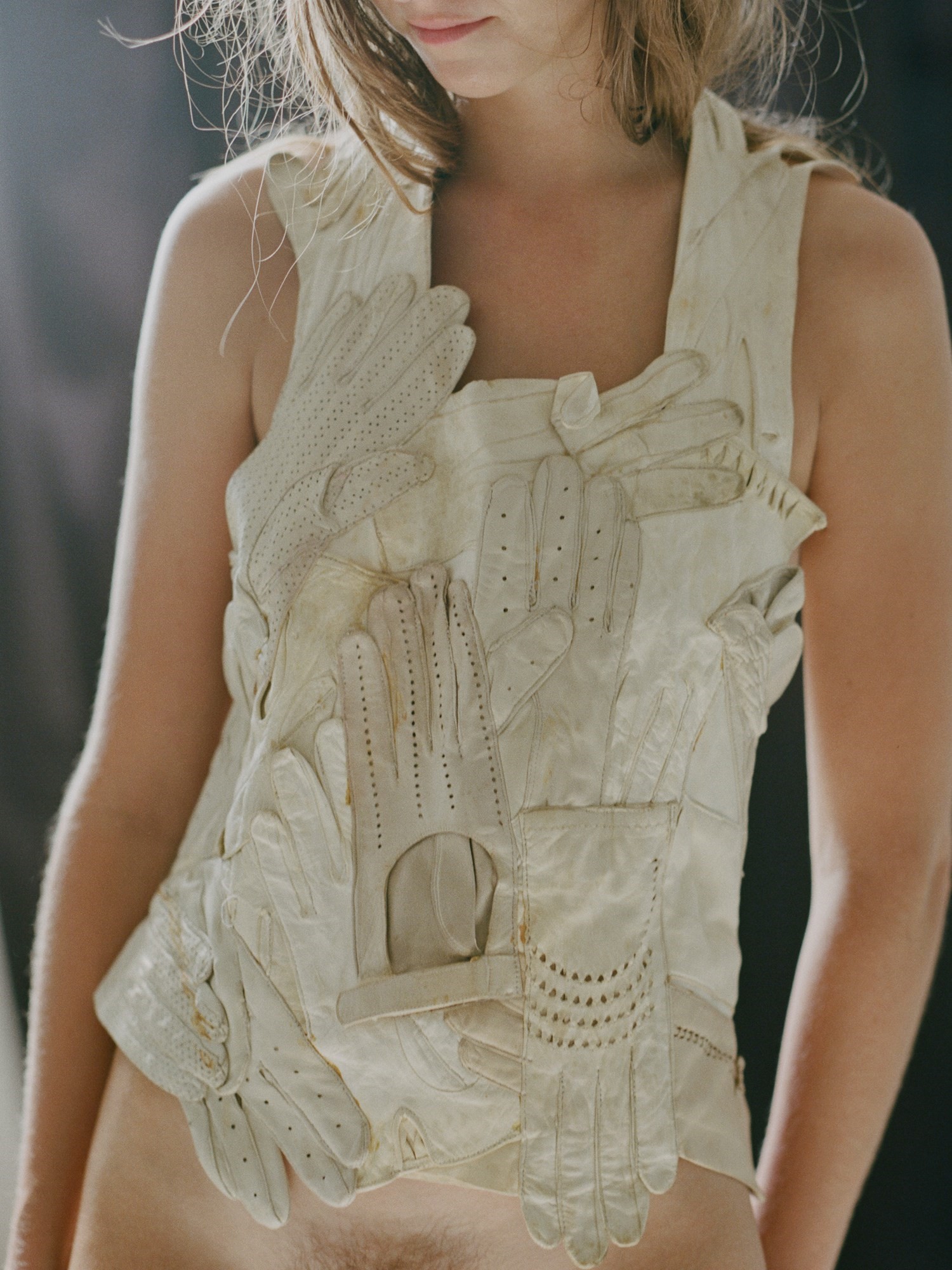Byronesque’s newly opened pop-up store is titled What Will You Be Remembered For? “It’s a reaction to being culturally disappointed,” Gill Linton, CEO of the revolutionary vintage fashion venture explains. “It stands against the banality of fashion at the moment, compared to the era that the clothes we’re selling there come from.” Indeed, the store encapsulates Byronesque’s raison d'être: a diligent search for exceptional archival pieces from the 1980s to the early aughts, marketing them under one roof for avid followers of fashion history.
The roof, in this instance, is Opening Ceremony Japan (to coincide with Tokyo Fashion Week), and the pieces on display consist of rare Rick Owens, early Vivienne Westwood Seditionaries – authenticated by the Westwood team themselves, I’m told – and, of course, Maison Martin Margiela, with which Byronesque holds a particularly significant relationship.


The new pop-up store is offering Margiela pieces which clearly communicate the codes of the maison. There are the signature dressmaker’s dummy tops from the S/S97 ‘Semi-Couture’ collection, for which the process of making the clothes was as important as the final result; pieces from the S/S98 ‘Flat’ collection, with the hangers that were used to carry them down the runway by men dressed in white lab coats still attached; and vests from the S/S01 collection, for which leather gloves formed the structure of an entirely different garment – a signature trope in Margiela’s deconstructive oeuvre. As is often the case with the items that Byronesque collates, private collectors have donated each and every one, some remaining in pristine condition. “I’m fascinated by the people who come forward with pieces,” says Linton. “I just think who are you? Who are you that you knew to keep this stuff that looks so unfinished? I always wonder how they had the foresight to know that these seemingly unassuming things were worth something at the time.”
“I just think who are you? Who are you that you knew to keep this stuff that looks so unfinished?” – Gill Linton
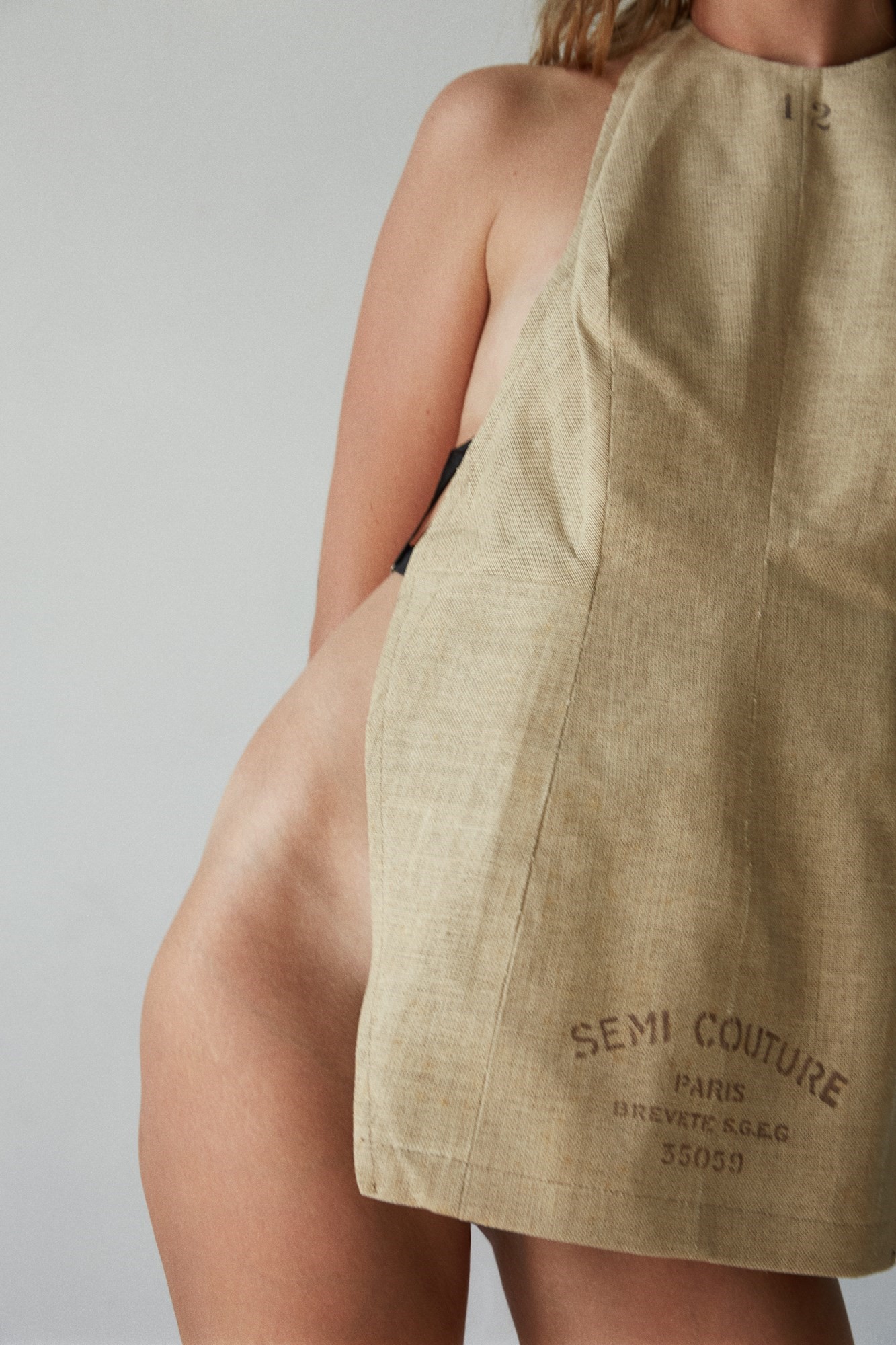
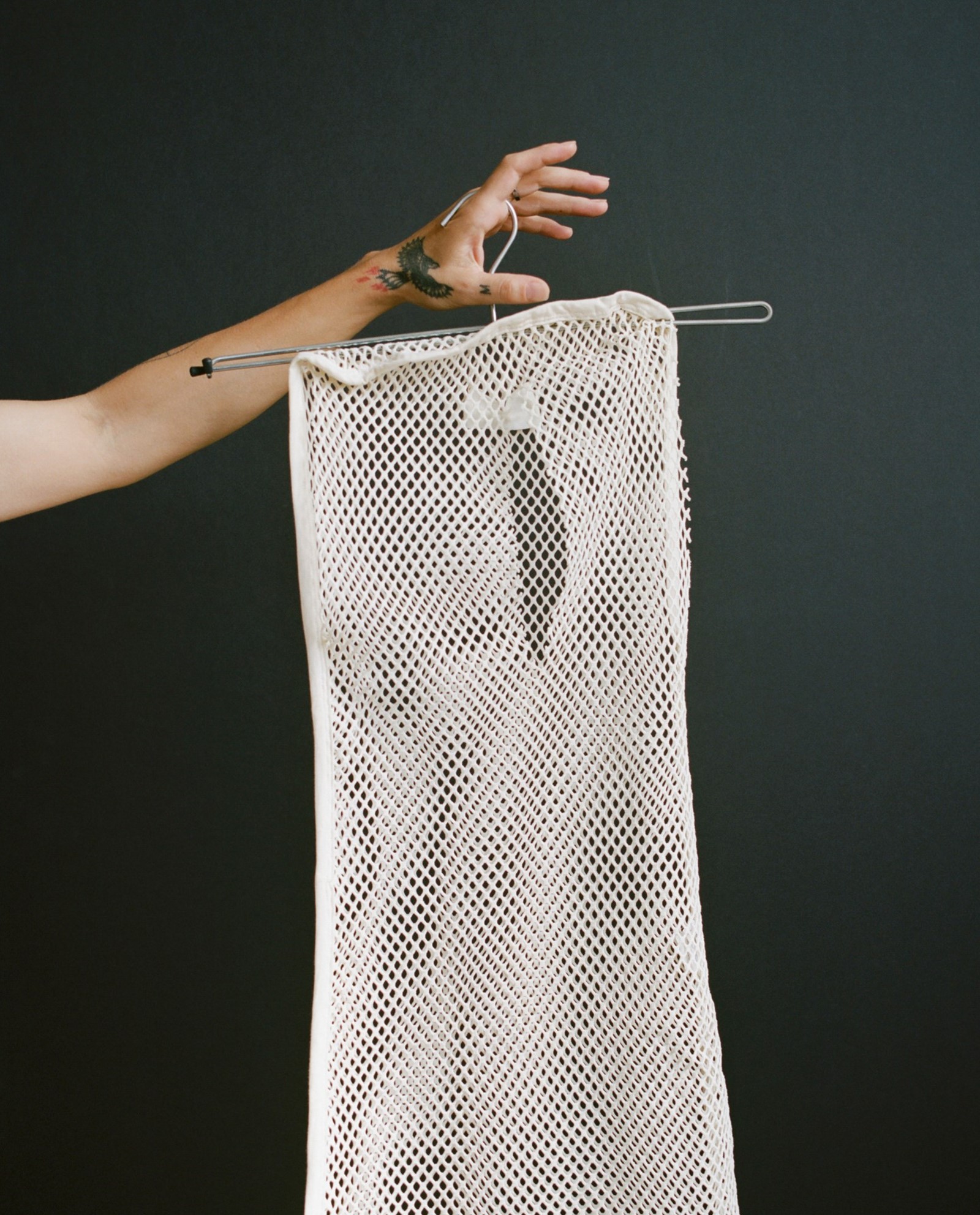
Said collectors either worked with Maison Martin Margiela directly, knew the eponymous designer personally, or followed the house as it emerged as a groundbreaking antithesis to the logo-mania of the 1990s. Often, they would pick up the unassuming garments at sample sales for little to no money. As Linton remarks, there has been a real resurgence in the coveting of archival fashion of late, mirroring Margiela’s quiet uprising against consumerist fashion. “I’ve seen it in the younger generation in particular. A friend of mine once said, ‘when you’ve got no money, creativity’s the only currency worth having’, and I think that that actually is what drove a lot of Margiela’s work. It was all about reusing things. I mean there’s a reason why the Tabi boots are painted – because they were from the season before and they didn’t have the money to design other shoes so they just fucked them up and painted them. I think this really speaks to people.”
“A friend of mine once said, ‘when you’ve got no money, creativity’s the only currency worth having’, and I think that that actually is what drove a lot of Margiela’s work. It was all about reusing things” – Gill Linton
Yet, Linton is insistent that Byronesque’s looking back is far more than a frivolous love affair with nostalgia. “Just because it’s old doesn’t mean it’s good,” is one of the company’s mantras. By asking millenials and generation Z what they will be remembered for, Linton and Westover are engaging a group of young people – a group that is more politically driven than ever before – to approach fashion with the same critical mindset as a house like Margiela, interrogating the industry as it stands today. “There’s a reason why people are latching onto the kinds of designers we’re interested in. We’re seeing it a lot in sales and in the things that people are coveting, too.”
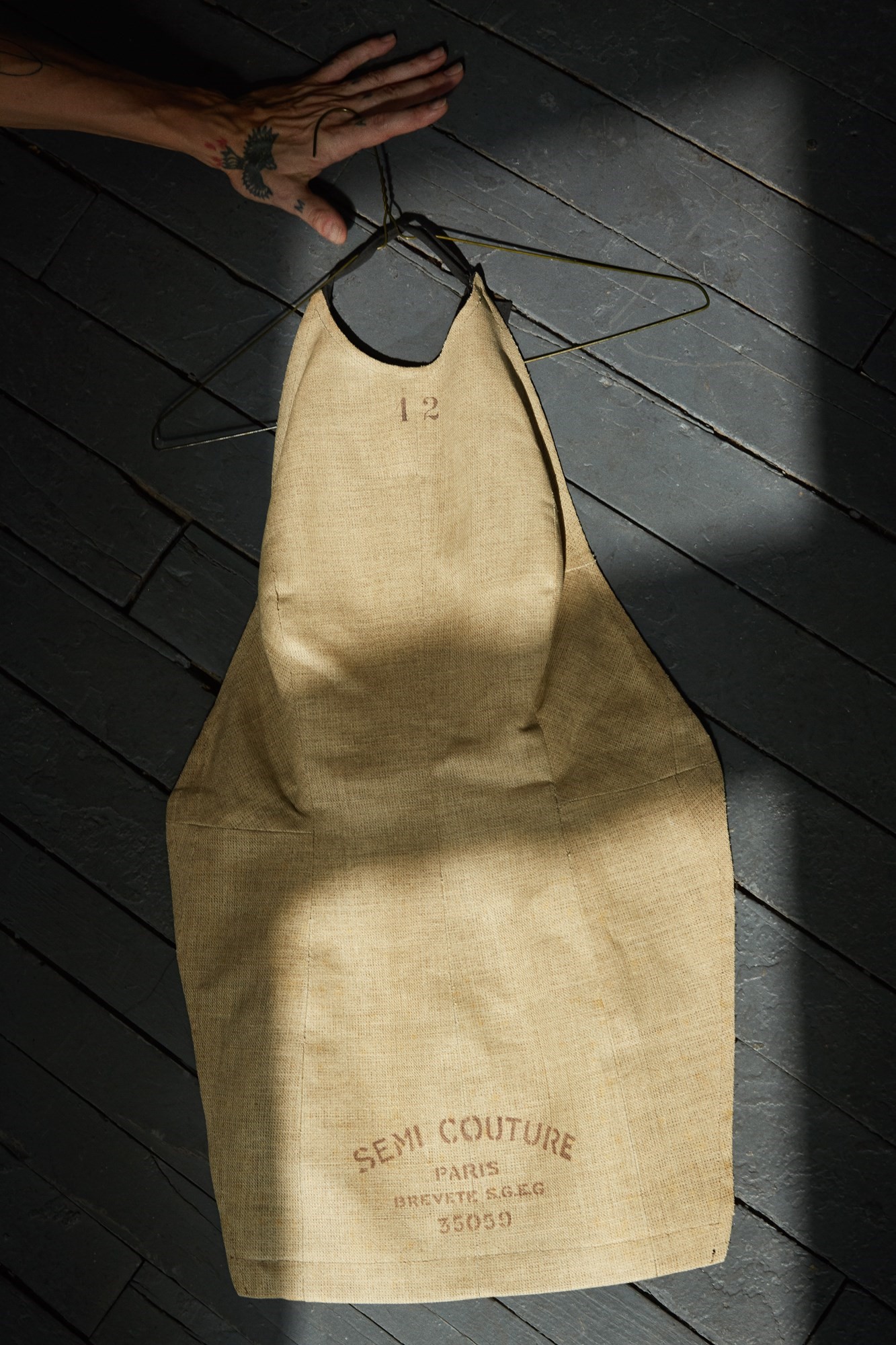
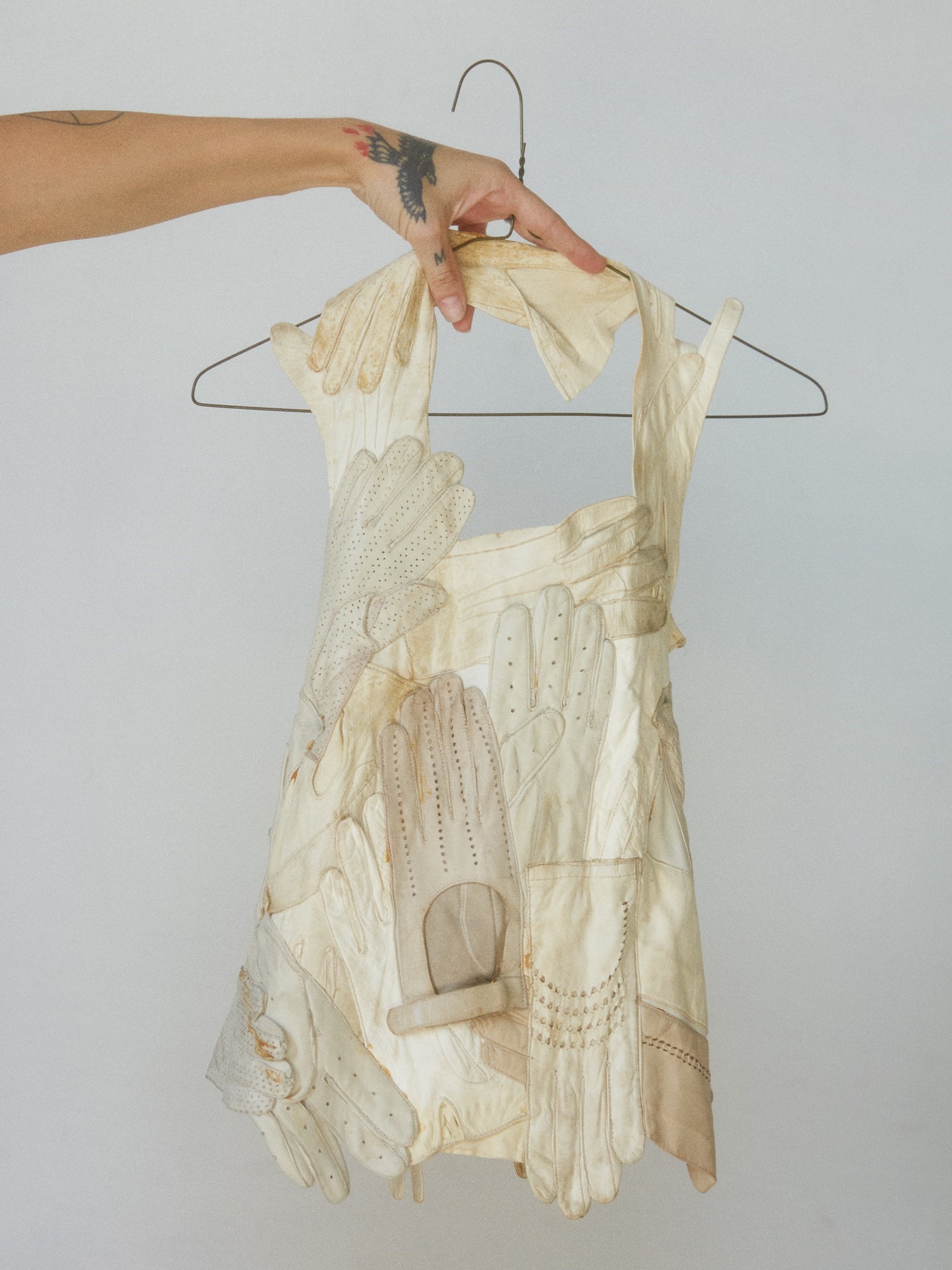
This was no more evident than in the S/S18 shows, which appeared to be the season of the redux. At Helmut Lang, the house re-issued heritage pieces to resounding success, while at Versace, Donatella paid homage to her late brother Gianni on the 20th anniversary of his death through a moving exploration of his past designs. Byronesque is also interested in ‘future vintage’ – a phenomenon it defines as a seminal moment in contemporary fashion that will go on to form part of a historical narrative. “I’ll give you an example of future vintage: the black macs that were handed out at Rick Owens!” Linton says. The bin-bag like ponchos were handed to the audience at Owens’ S/S18 show, where the front row was sprayed with water droplets from 30-foot fountains in the courtyard of the Palais de Tokyo. The way things appear to be shifting, we can only expect that Byonesque’s archival approach will become more and more prescient as time goes on.

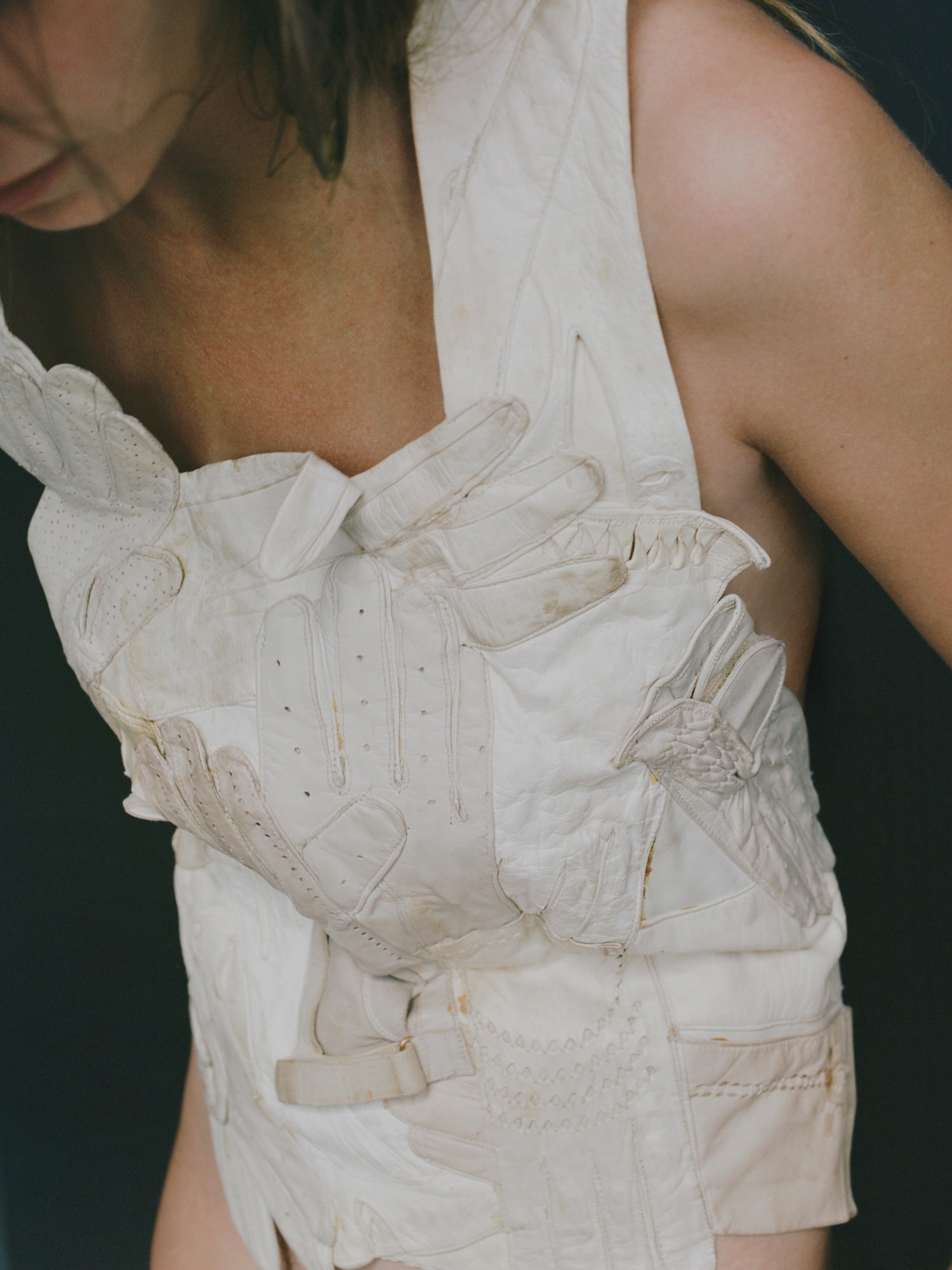
Byronesque’s edit of archival Maison Margiela is available to buy at Opening Ceremony, Japan until October 30, 2017, and on the personal shopping app all-year-round.
Much-anticipated new documentary We Margiela will premiere October 22, 2017, at Museum Boijmans van Beuningen and LantarenVenster, Rotterdam.
